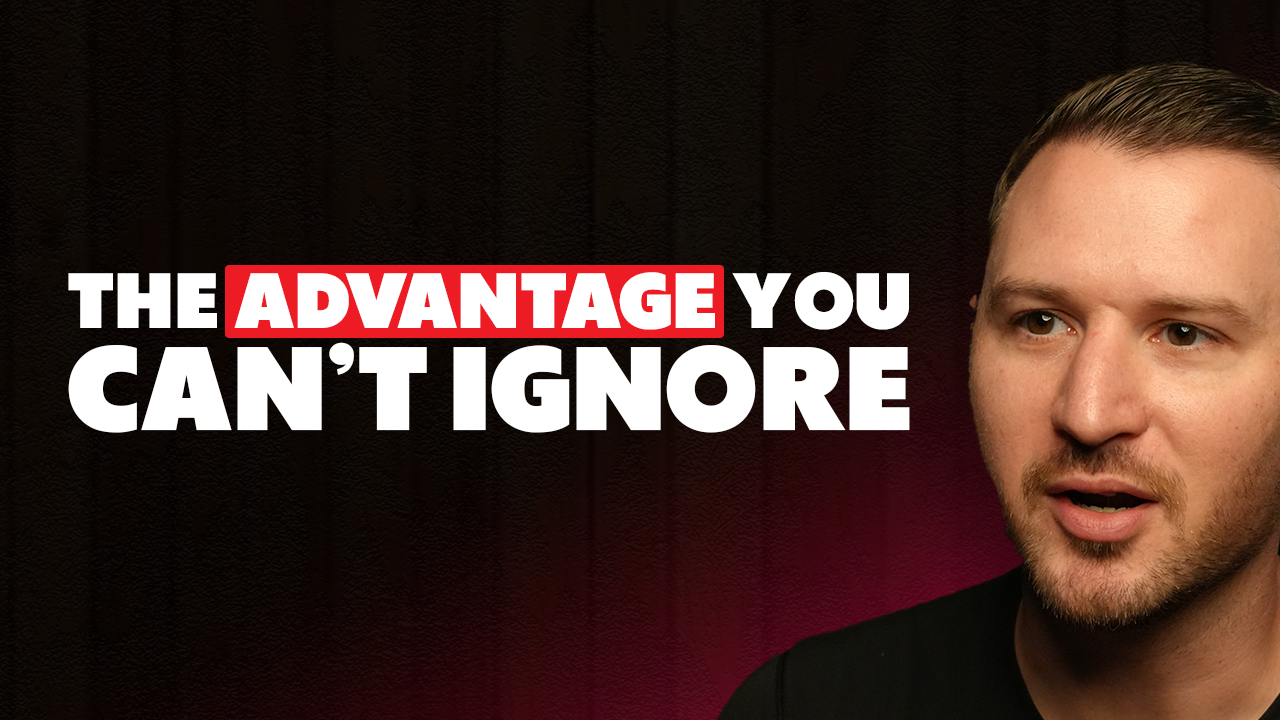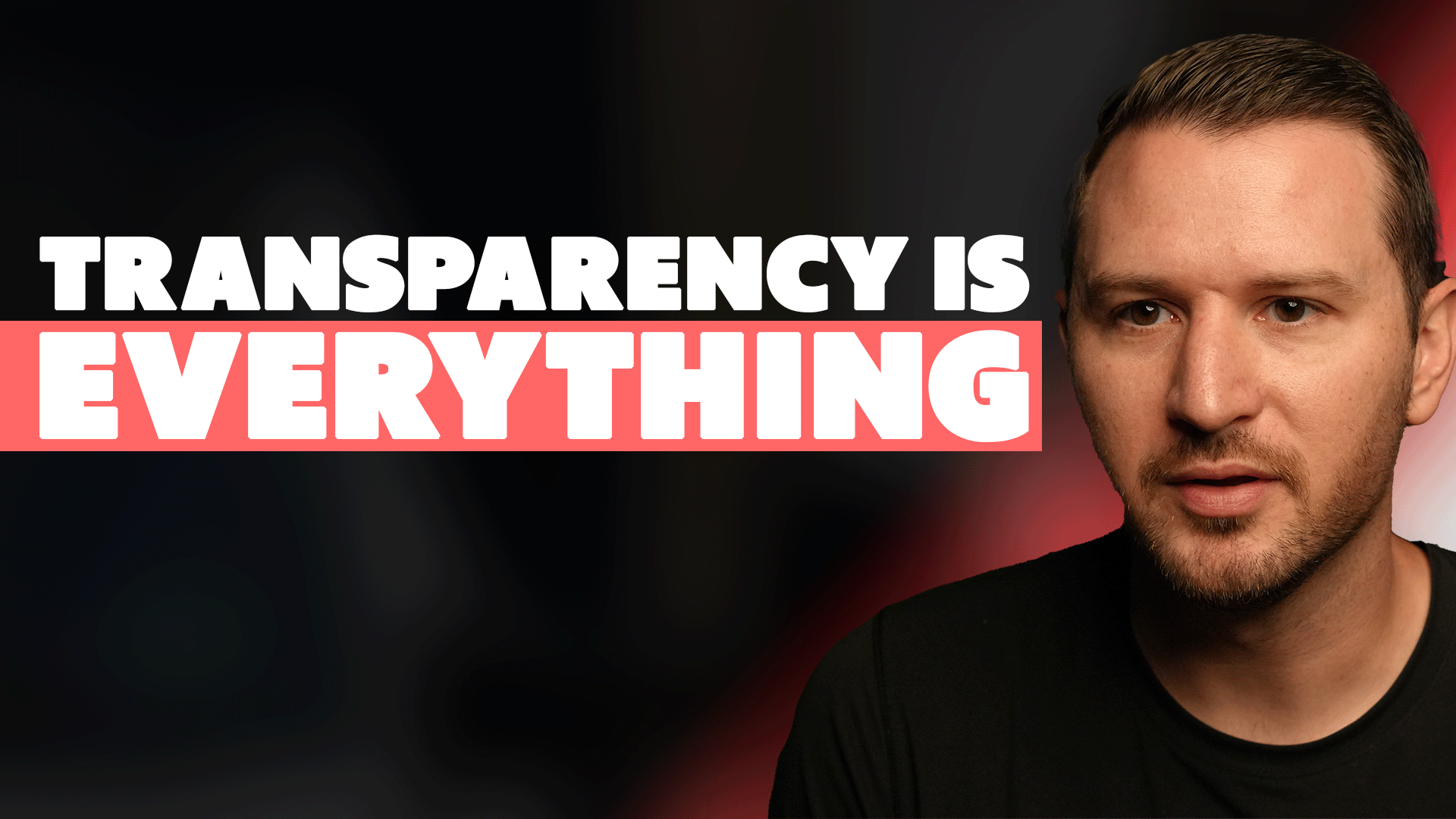In small business, nothing breaks overnight. What actually happens is slower. Systems fail in silence—until they don’t.
One day, the reporting isn’t ready when you need it. The next, a job gets misrouted because dispatch is still living on a whiteboard. Then a good employee quits and cites “chaos” on their way out. None of those moments feel like collapse.
But put them together and you’re scaling uphill, blindfolded.
That’s what it feels like when your business outgrows its systems.
We’ve dealt with this at nearly every stage. And every time, the mistake is the same. You hold on too long. You treat growing pains like people problems instead of infrastructure problems. You start blaming your team when it’s the foundation underneath them that’s no longer strong enough to hold weight.
How We Classify Change
Internally, we think about this through a simple lens. Some changes are levers. Some are dials.
Levers are structural. They involve risk. They break things before they fix them. Moving from a basic accounting tool to a mid-market financial platform is a lever. You don’t do it lightly. There are implementation costs, training, timelines, and consequences.
Dials are tweaks. You plug in a new review platform. You adjust your follow-up sequence or try a different SMS provider. You might see a bump in customer experience or conversion, but it won’t shift the trajectory of the business.
The danger is when you're still turning dials inside a system that is already too small. You upgrade tools without realizing the actual framework can’t support the next stage of growth. And when you delay the levers, you delay scale.
A Real Bottleneck: Our Fleet System
One of the clearest examples in our business has been vehicles.
For years, leasing made sense. It allowed us to move quickly. We could put trucks on the road with little friction. We didn’t worry about lead times or upfront capital. It solved the problem we had at the time.
But we’ve reached a point where we’re adding 30 vehicles a year. And now leasing feels slow. It’s more expensive than it used to be. Delivery delays are no longer an inconvenience. They impact scheduling, revenue, and the customer experience.
We’re now exploring a return to buying. Not because it’s perfect, but because our current system has become a bottleneck. And the cost of doing nothing is rising.
This is what system failure looks like. Not a dramatic breakdown, but a set of friction points that start showing up everywhere. You spend more time coordinating workarounds than doing the work. You add complexity just to maintain status quo.
What Systems Actually Matter
People often ask where to focus first. There are four core systems I’d prioritize.
Dispatch. If your jobs are getting misrouted or response times are slipping, you’re not scaling, you’re surviving.
Reporting. If you don’t have reliable numbers on margin, CAC, or return rates, you’re making decisions in the dark.
HR. As you grow, people problems don’t just multiply. They get more expensive. A good hiring and onboarding system buys you consistency. A bad one drags down every department.
CRM. Most businesses think of CRM as a place to store customer data. In reality, it’s a system that powers how and when you extract value from those relationships.
You can bolt on new tools forever. But if you haven’t stabilized these four areas, the rest won’t hold.
A Simple Framework
Every breakdown we’ve experienced has followed the same pattern.
First, a bottleneck forms. A process that used to work starts slowing everything down. Then the team starts patching it. Someone builds a spreadsheet. Another person adds a manual check. You convince yourself it’s a resource issue. It’s not. It’s a system issue.
Then comes the decision. You can either replace the broken system now—or wait until it fails publicly, which always costs more. We’ve done both. Only one version helps you sleep at night.
If you want a framework to work from, it looks like this:
- Bottleneck: Something stops scaling
- System change: Replace the structure, not the people
- Unlock scale: Free your team to go faster with less friction
What We’re Evaluating Now
We’re in another one of those phases right now.
Every foundational system—ERP, accounting (switching from QuickBooks), call center system, etc.—is under review. Not because they’re broken today. But because we know what happens when we wait too long.
We’ve built workarounds before. And we’ve outgrown them before. The pattern is always the same.
So I’m looking for blind spots. If you’ve been through this in your business, I’d love to hear what systems held you back. And what solved it. Because the longer we wait to upgrade infrastructure, the harder it becomes to grow without breaking people along the way.


.jpg)





.avif)
